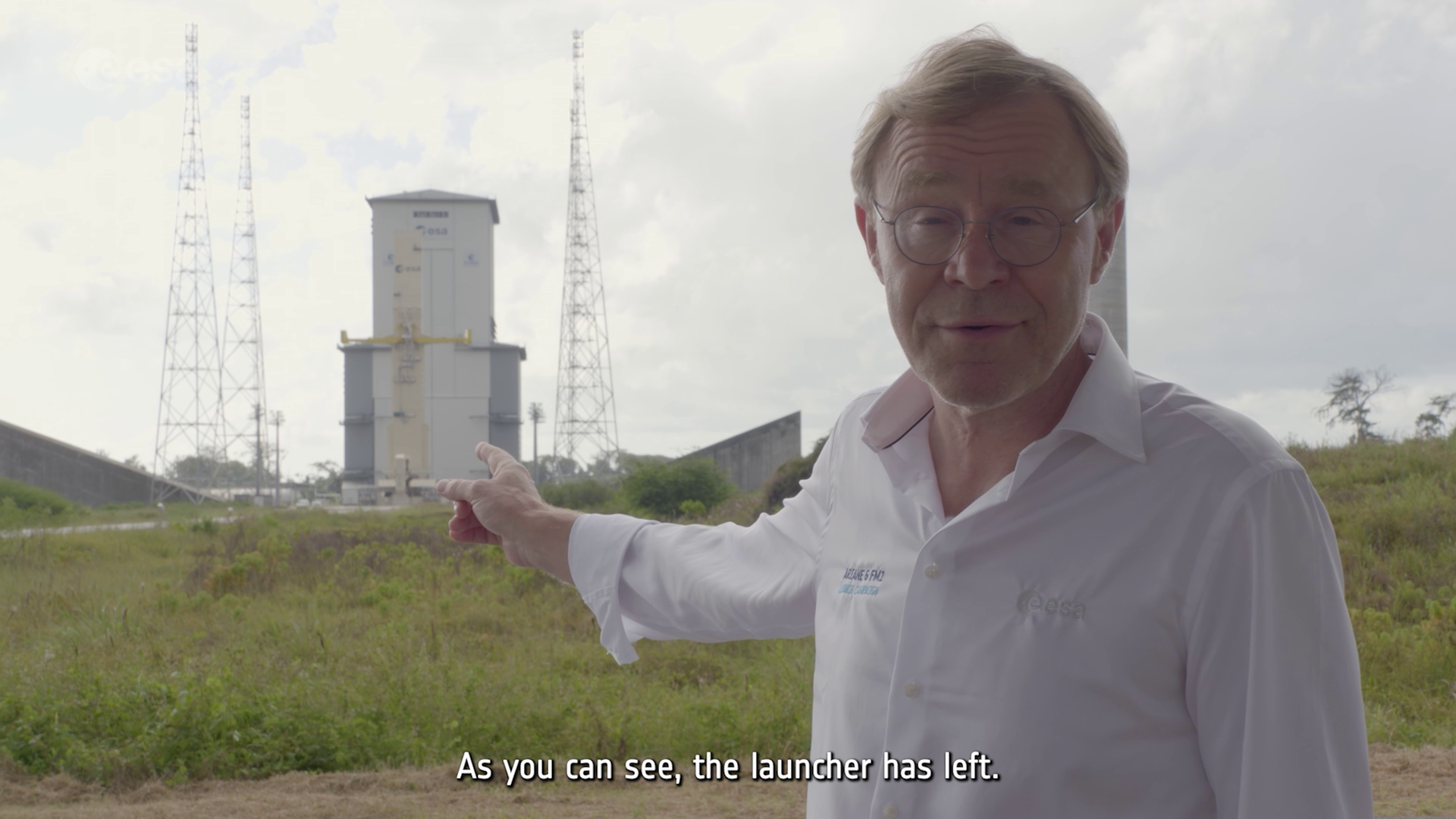The first launch of Ariane 6 is a collective success for all of Europe. First flights are no easy thing, but Europe now has a heavy-lift rocket able to launch any mission into any orbit. From Earth observation satellites that monitor our changing climate, predict the weather and assist emergency responders during disasters; to communication and navigation systems that keep Europeans in touch and in the right place; to deep space telescopes and explorers expanding our understanding of the Universe and our place within it – Ariane 6 has restored Europe’s autonomous access to space.
“Thank you, not only to the ESA team but everyone around Europe who contributed to this moment in history,” said Tony Tolker-Nielsen, ESA’s Director of Space Transportation, the day after Ariane 6’s first flight. “This is a major industrial project, with contributions from 13 countries and hundreds of companies. Like a symphonic orchestra, all instruments are vital to play the perfect music”.
Ariane 6 launched on 9 July 2024 from Europe’s Spaceport in French Guiana at 16:00 local time (20:00 BST, 21:00 CEST). Europe’s newest heavy-lift rocket, it is designed to provide great power and flexibility at a lower cost than its predecessors. The launcher’s configuration – with an upgraded main stage, a choice of either two or four powerful boosters and a new restartable upper stage – will provide Europe with greater efficiency and possibility as it can launch multiple missions into different orbits on a single flight.

